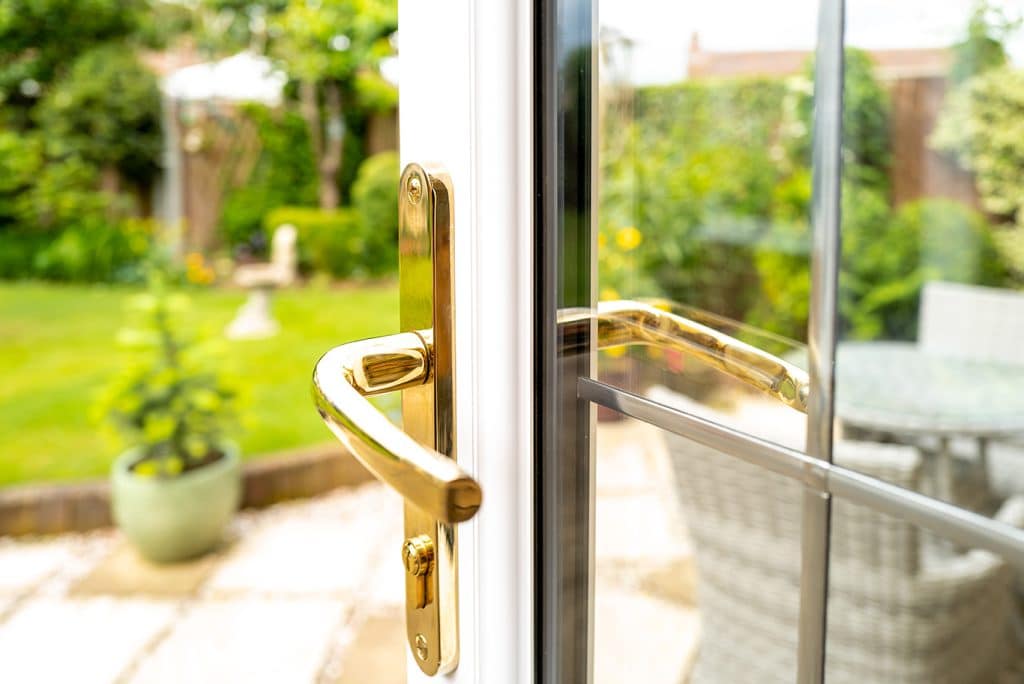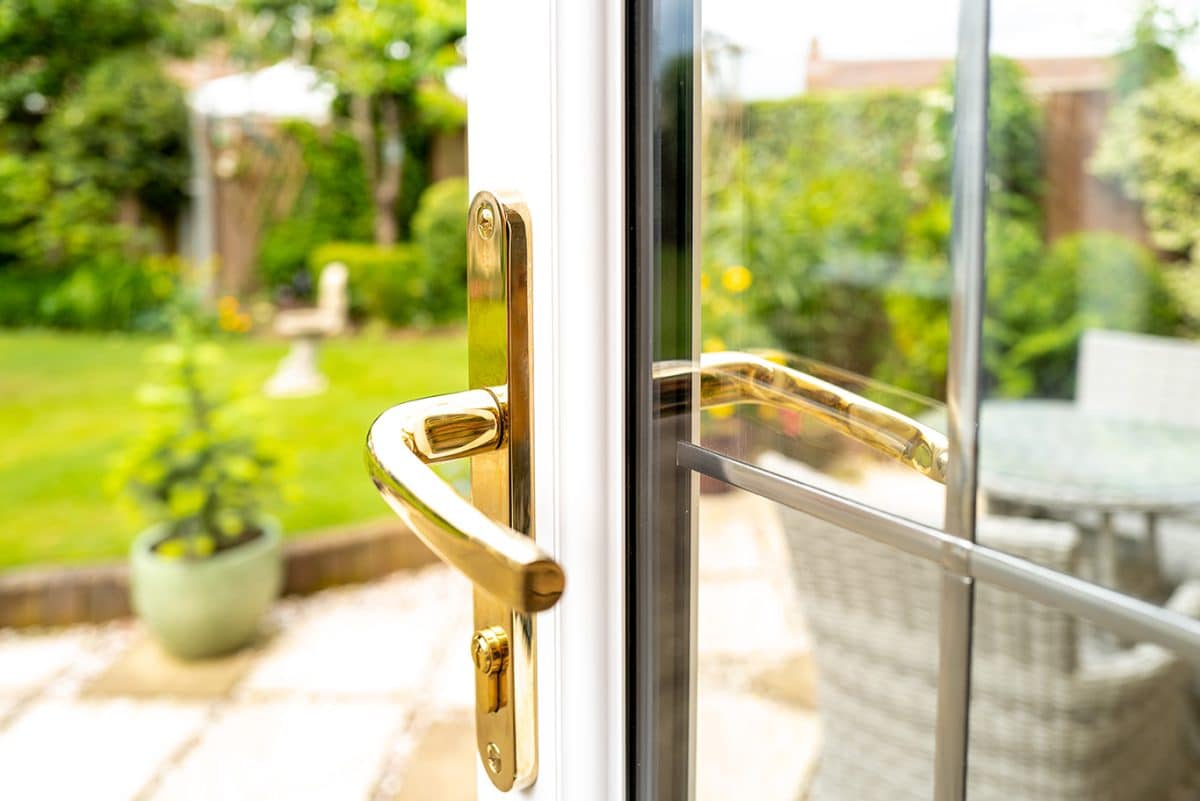7 Steps to Prep Your Windows and Patio Doors for Fall and Winter Weather in DFW

Fall and winter in North Texas can bring wide temperature swings, cold fronts, and sudden storms. From October through February, DFW homes face gusty winds, heavy rain, and occasional freezing conditions that can test your windows and patio doors. These openings are your first defense against drafts and moisture intrusion.
Taking a few hours to inspect, seal, and reinforce them before the next storm hits can prevent water leaks, costly damage, and energy loss.
1. Inspect Your Weatherstripping
Weatherstripping is what keeps outside air, water, and debris from sneaking in around window sashes and door edges. Over time, Texas heat and humidity can dry out or crack the seals, leaving gaps that invite rain and dust.
What to do:
- Close each window and door fully, then check for visible light, drafts, or loose spots along the edges.
- Look for flattened or brittle rubber or foam seals; if they crumble when pressed, they’re no longer effective.
- Replace worn weatherstripping with high-quality silicone or vinyl types designed for exterior use.
A fresh seal not only keeps moisture out but also improves insulation, which can cut your cooling and heating costs.
2. Re-Caulk the Exterior Frames
Caulking forms a thin, protective barrier between the window frame and your home’s siding. DFW’s heat cycles cause caulk to expand and contract constantly, so even a small crack can become a water entry point.
How to check caulking around windows and patio doors:
- Walk around your home’s exterior and look for gaps, peeling, or hairline cracks around window and door frames.
- Pay extra attention to the tops of frames and corners; these take the most UV damage and are the least visible.
How to fix it:
- Scrape out old, loose material and clean the surface thoroughly.
- Reapply a high-grade exterior silicone or polyurethane caulk, which stays flexible and resists water penetration.
- Smooth it out with a damp finger or caulking tool to ensure a tight, continuous seal.
Inspect your window caulking every year. Properly installed, high-quality caulk should last for years, even in DFW’s climate, but wear depends on sun exposure. South- and west-facing windows or patio doors may need re-caulking more often than those facing north or east. Keeping it maintained can prevent costly water damage later on.
3. Check Drainage and Weep Holes
Windows and sliding doors have small openings called weep holes that allow water to drain from the track or sill during heavy rain. If they’re clogged with dirt, insect nests, or debris, water can back up into the frame and leak inside your walls.
Quick maintenance steps:
- Use a small wire, toothpick, or compressed air to gently clear each weep hole.
- Pour a small cup of water into the track to confirm it drains properly outside.
- Clean the door or window track regularly to prevent buildup.
Keeping drainage paths open ensures that even if driving rain hits your glass directly, it won’t find its way into your home.
4. Reinforce or Replace Damaged Screens and Glass
Screens protect against flying debris and bugs, but can also help diffuse wind pressure. Torn mesh or bent frames won’t do their job. Likewise, cracked or fogged glass panels weaken your window’s structure during storms.
Before storm season:
- Patch or replace any damaged screens.
- Inspect glass for cracks, chips, or broken seals (fog between panes).
- Upgrade to impact-resistant or laminated glass if your neighborhood is prone to hail or high winds.
Even one compromised window can become a weak spot during a severe storm. Repairing or upgrading now helps prevent expensive breakage later.
5. Maintain Sliding Patio Doors
Patio doors often take the brunt of strong wind gusts and heavy rain. Over time, tracks collect dirt, which keeps them from closing tightly, a major cause of water intrusion.
What to check:
- Clean the bottom tracks thoroughly with a vacuum and a damp cloth.
- Lubricate rollers with a silicone-based spray for a smooth operation and full closure.
- Tighten loose handles or latch mechanisms to ensure a secure lock.
If your sliding door feels loose in its frame or lets in drafts, consider having it professionally adjusted or replaced with an upgraded, energy-efficient model that offers better air tightness.
6. Seal Gaps Around Trim and Flashing
Exterior trim and flashing are often overlooked, but they direct water away from your walls and window openings. If they’re loose or missing, rain can seep in behind siding and cause rot.
DIY tip:
- Press gently along trim boards; if you feel movement, re-nail or re-seal them.
- Apply a thin bead of exterior sealant where the trim meets masonry or siding.
- Replace any bent metal flashing that no longer channels water downward.
Good trim and flashing keep the stormwater outside where it belongs.
7. Know When It’s Time to Replace
If you’re constantly sealing, patching, or fighting condensation, it might be time for new windows or doors altogether. Aging frames lose their ability to stay watertight, and older glass can’t match the energy savings of today’s insulated designs.
New energy-efficient windows and patio doors not only resist wind and rain better but also help keep indoor temperatures stable all year long.
Protect Your Home Window and Patio Doors in DFW, TX
Before the next fall or winter storm rolls through North Texas, make sure your home is ready. Window Zone offers expert inspections, repairs, and full-service window and patio door replacements designed for the DFW climate.
Call 469.557.6333 today for a free pre-storm window replacement estimate.

